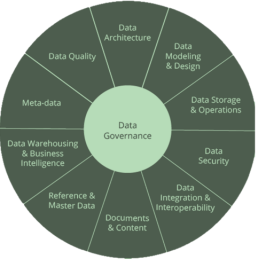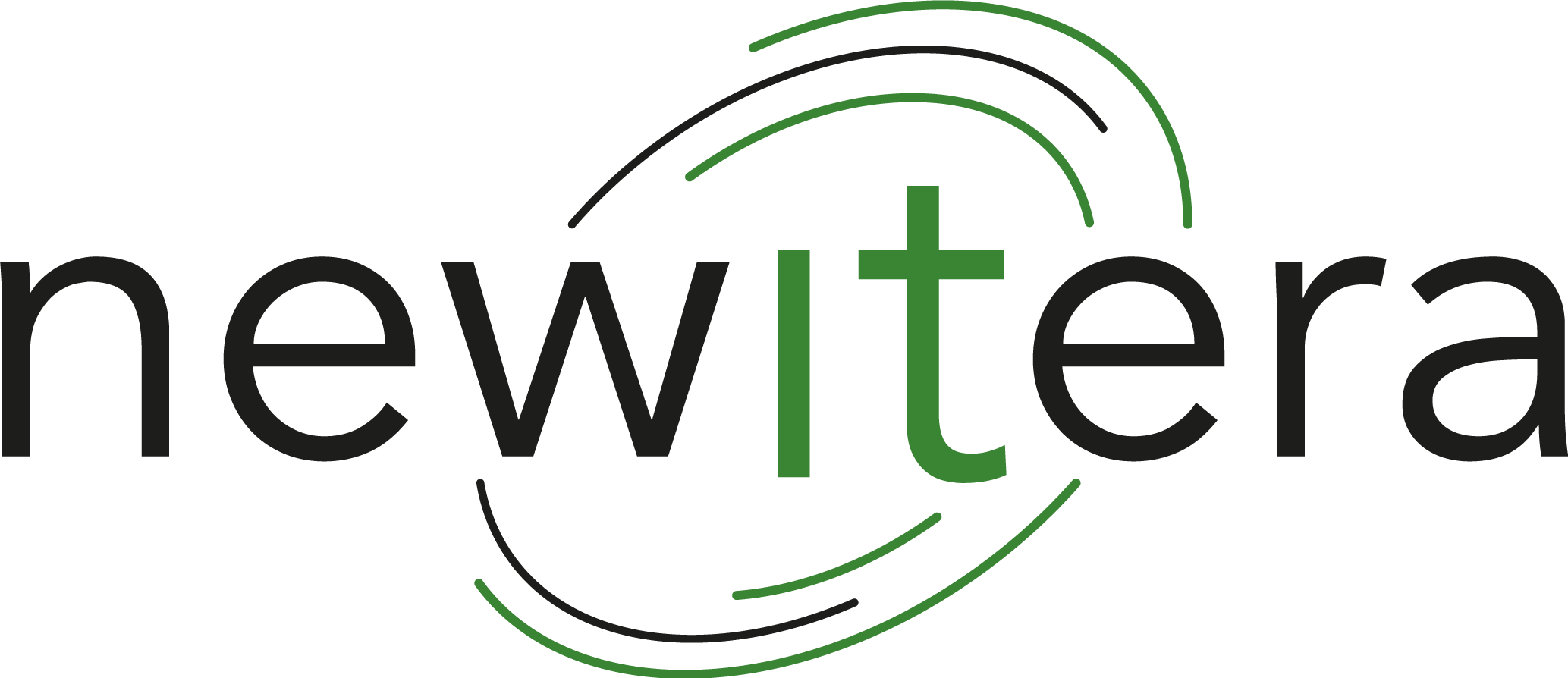Master Data Management: From Data Oversight to Strategic Advantage
Why Master Data Matters More Than Ever
Data is no longer a by-product of business processes it is the process.
In a world where digital transformation is no longer a project but a constant state of change, the value of data grows exponentially.
Organisations that fail to get their data under control fall behind not just operationally, but strategically.
That’s why Master Data Management (MDM) has become a critical business capability.
But what exactly is it, why is it so vital, and how do you make it work for your business?
In this article, I’ll share my perspective on MDM through a proven framework with data governance as the central link between strategy and execution.
What Is Master Data Management?
Master data is the core information that defines your business customers, suppliers, materials, products, cost centres.
Data that flows across processes, systems, and analytics.
Master Data Management ensures this information:
- Is consistent across all systems
- Remains accurate throughout its lifecycle
- Is centrally managed with clear ownership
The goal: a single source of truth your business can trust — a solid foundation for decision-making and operational execution.
The Data Management Framework: Structure and Maturity
The DAMA framework is the backbone of mature data management. At its heart is data governance the steering function that safeguards policy, ownership, quality, and compliance. Around it are disciplines such as:
- Master, transactional, reference, and metadata management
- Data quality and lifecycle control
- Data cleansing, migration, mapping, and transformation
- Performance metrics and business drivers
- AI and automation
Master Data in the Bigger Picture
- Transactional & Metadata
Transactional data is generated when master data is used in processes. Metadata describes its origin, structure, and meaning. Without good metadata, you can’t manage your data effectively you don’t even know what you have. - The Data Lifecycle
Like a product, data has a lifecycle: creation, storage, use, and retirement.
Without lifecycle management, outdated or irrelevant data (ROT data) lingers in systems, creating risks for reporting accuracy and decision-making. - Quality Over Quantity
Good data creates value. Bad data costs money, time, and reputation.
A robust quality strategy with global standards, local alignment, and continuous monitoring is non-negotiable.
From Cleanup to Strategy: Data Cleansing & Migration
Data cleansing isn’t just about removing errors it’s a chance to:
- Improve processes
- Clarify responsibilities
- Raise overall data quality
During ERP migrations, this is especially critical. Starting a new system with bad data is like moving house without decluttering you just bring the mess with you.
Example:
In a SAP S/4HANA project, a client discovered thousands of inactive suppliers.
By applying clear cleansing criteria and validation rules, they safely removed 40% of their supplier records.
The result: lower maintenance costs, faster processes, and more reliable reports.
Lesson: Clean before you migrate, not after.
Data Migration: Moving Without Chaos
An ERP migration without a data migration strategy is a recipe for failure. Migration is the moment to optimise your data not a task for “later.”
Key steps:
- Map all source systems
- Translate old data models into the new structure
- Validate, reconcile, and secure acceptance
- Implement governance with version control and change management
Pro tip: Start early. Trying to fix quality issues during an implementation will almost always cause delays and frustration.
Data Governance: The Beating Heart
Good governance makes MDM sustainable. It defines:
- Ownership: Clear roles and accountability (data owners & stewards) per domain
- Policies & Standards: Rules, naming conventions, and quality criteria
- Change Workflows: Controlled, auditable processes for data updates
Without governance, you get silos, uncontrolled changes, and chaotic structures.
With it, master data becomes a living, shared resource that supports not hinders your business.
The Promise of AI and Automation
More and more aspects of MDM can be automated:
- RPA for migration processes
- AI for quality checks and duplicate detection
- Machine learning for predictive quality analysis
- Automated approval workflows for changes
Smart automation increases accuracy, reduces workload, and speeds up delivery.
Trends and the Road Ahead
MDM is evolving fast from operational discipline to strategic asset. Key trends include:
- Data as a Product: Treating data like a product, with owners, SLAs, and roadmaps
- Real-Time Governance: Continuous, predictive monitoring instead of after-the-fact checks
- Federated Governance: Central policies with decentralised execution within agreed limits
- Self-Service Analytics: Reliable master data as the foundation for BI, AI, and data science
And the biggest shift?
Organisations now understand that MDM is not an IT initiative it touches procurement, sales, logistics, finance, and must be owned organisation-wide.
The Stakes Are High
Case in point:
A global company kept one component in stock under three different material numbers.
The impact:
- Excess inventory and unnecessary holding costs
- Missed purchasing discounts
- Distorted reports due to inconsistent data
- Poor decisions based on misleading insights
In another case, a local packaging data change triggered incorrect order quantities worldwide with major financial consequences.
From Vision to Action
Master Data Management is the backbone of a digital organisation. It’s not about “managing data” it’s about enabling control, trust, and strategy.
Businesses with strong MDM are faster, more reliable, and future-ready.
The path to becoming data-driven starts with governance, moves through standardisation, quality control, and automation and ends in insight, agility, and competitive advantage.
The question is: Are you ready to take your data seriously?

These elements work together as a holistic system.
They evolve alongside your organisation’s maturity and priorities and should be deployed at a pace that fits your business context.




